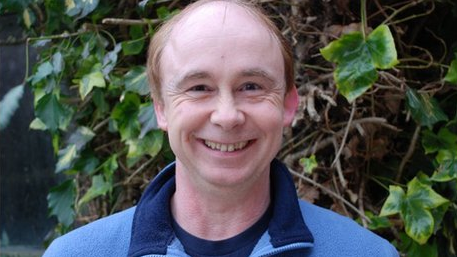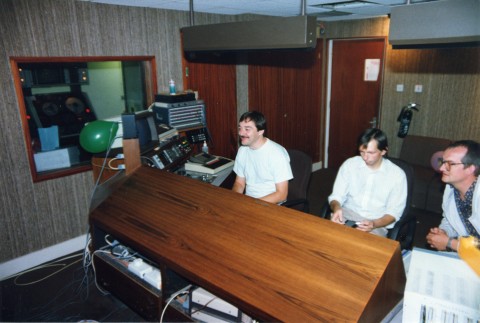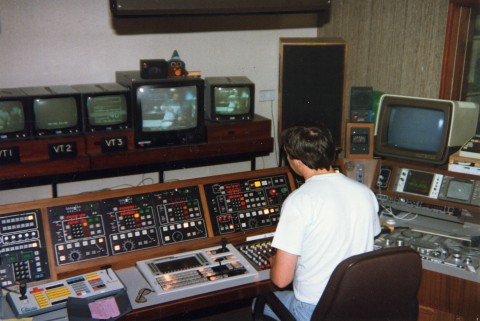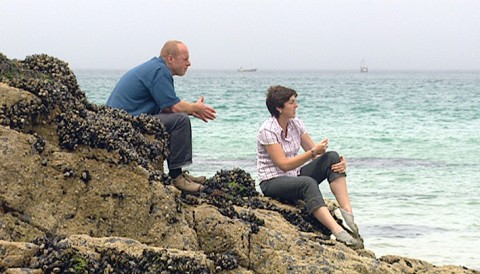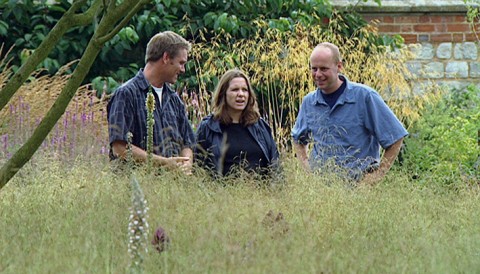(Here are some memories from Paul Vanezis of Pebble Mill film editor, Peter Snow who died recently).
You know, I knew Peter so long ago it’s weird looking back and remembering the man. He always seemed older than he was for some reason. I can tell you he was a very accomplished film editor. But like many of the editors in the early days of portable single camera, he adapted to videotape editing faster than some of the VT guys who started as engineers. He had a pony tail and we would often meet up in the canteen for lunch at 1pm with everyone else. In those days, lunch was lunch. If you worked in VT you’d spend it in the bar. If you were Film Unit, you’d be in the canteen from 1pm, have lunch and then have a walk over in Cannon Hill park (spending Friday lunchtimes in the bar).
I used to race Peter up the main stairs at Pebble Mill; it was his idea. He reckoned that if you started suddenly, raced as fast as you could and didn’t stop until you reached the top, you wouldn’t feel tired. He was right… the tiredness in the legs kicked in around 3pm if you weren’t careful (and there was no way I could do it if I’d been in the pub the night before). It of course we were first in the queue for the best the canteen had to offer…
One thing that he worked on which I think people have forgotten about was the Kegworth air crash coverage. At the time flight safety was very much in the news because of the Lockerbie crash three weeks earlier. I am sure Peter told me that he was working at BBC Nottingham in news at the time (January 1989) and he had to travel to the crash site, walking over fields so he could retrieve tapes from the cameraman; or he was with the cameraman and had to walk the tapes back. The M1 motorway was shut, the tail of the plane had clipped the ground as it tried to make an emergency landing at East Midlands airport.
I recall he was very intelligent, well spoken with a dry sense of humour and a really very nice man.
Paul Vanezis
The following comment was left on the Pebble Mill Facebook page:
Liz Munro: ‘What a Lovely tribute to Peter. He was a very accomplished editor, softly spoken, and lovely to work with. I’d arrive in the edit suite completely frazzled from a mad dash down the M6 to get the lead story to air. He’d be a sea of calm and all smiles.’
